
If you notice a pink or red growth in the corner of your dog's eye, it is likely the result of a prolapsed gland, more commonly known as cherry eye. Cherry eye is a condition in which the ligaments that keep the tear gland under the eyelid start to break down, and the gland prolapses or "pops out."
Cherry eye isn't always painful, but your dog may exhibit symptoms of discomfort that could worsen the condition. For example, dry eye is symptomatic of cherry eye and, if untreated, could lead to permanent vision impairment. Surgery is the only cure for cherry eye, and it's highly effective. The cause of cherry eye is unknown, but some breeds are more susceptible than others. Breeds with flat faces, known as brachycephalic breeds, are predisposed to cherry eye. Especially affected breeds include American cocker spaniels, shih tzus, and beagles.
Cherry eye is the result of a prolapsed nictitating membrane, also known as the third eyelid. This membrane serves as a protective layer for your dog's eye and contains a tear gland. The tear gland is kept in place by ligaments, but when those ligaments break down, the gland can prolapse and "pop out," creating the appearance of a red, cherry-like growth in the corner of your dog's eye. Cherry eye can come and go, or it can be constant in your dog's eye. It can develop in one or both eyes, and many dogs with a cherry eye in one eye will develop it in the other.
Cherry eye presents as a pink or red mass that grows at the corner of the eye. Typically, a cherry eye will be easily identifiable, even without other symptoms. Still, your dog may exhibit signs of discomfort from cherry eye, and its pain level may indicate increasing severity of the mass.
The clearest indicator of a prolapsed tear gland is the presence of a bulge in the corner of your dog's eye. Even if uncomfortable symptoms don't appear to accompany the mass, pay a visit to your vet to discuss treatment options.
Cherry eye might cause your dog to paw at the growth site. Usually, this is a result of itchiness rather than pain. Prolonged eye-scratching is dangerous because your dog may inadvertently damage its cornea.
The growth in your dog's eye may be large enough to make it so that your dog cannot fully close its eye. This is uncomfortable for your dog, and it can cause or exacerbate dry eye.
The inflamed third eyelid inhibits tear production, which causes inadequate lubrication in your dog's eye. The diminished tear production resulting from the prolapsed tear gland will often lead to dry eye. If untreated, dry eye can permanently impair your dog's vision.
The cause of cherry eye in dogs isn't fully understood, but it can largely be attributed to weak connective tissue in the eye. Some dog breeds are more prone to developing cherry eye than others.
Cherry eye is more common in some breeds than others. American cocker spaniels, shih tzus, beagles, Lhasa apsos, Pekingese, Maltese, basset hounds, Rottweilers, Neapolitan mastiffs, shar-peis, Boston terriers, Saint Bernards, and English bulldogs have a higher likelihood of developing cherry eye than other breeds. It is suspected that some dog breeds have weak connective tissue, making them more vulnerable to prolapse.
While cherry eye can develop at any age, it's more prevalent in dogs under 2 years old.
If another infection is compromising the health of your dog's eye, cherry eye may develop more readily.
If you suspect that your dog has cherry eye, your vet can examine your dog's eye to determine if a prolapsed gland has occurred. Fortunately, the diagnosis of cherry eye is straightforward, as the growth is easily identifiable.
Surgery is the only curable therapy for cherry eye, but your vet may begin treatment by prescribing topical anti-inflammatories or suggesting at-home remedies. Non-surgical treatment may relieve your dog of some discomfort but usually won't be enough to prevent a re-prolapse. Surgery for cherry eye will be performed by an ophthalmologist and usually involves permanently suturing the prolapsed gland back down below the eyelid. If your dog has surgery to replace the tear gland and it re-prolapses, your vet may recommend removing the affected gland.
You can only pursue surgery if the tear gland is actively prolapsed. If your dog's cherry eye comes and goes, your vet may choose to wait until it becomes more permanent before performing surgery.
After surgery, your vet will monitor your dog's eye for normal tear production to ensure the sutured or replaced gland is still functioning.
Cherry eye in dogs isn't preventable. The best way to protect your dog from discomfort and complications of cherry eye is to regularly check its eyes and monitor for signs of the development of a mass.
In the weeks following surgery, your dog will likely recover fully and the gland will return to normal function. It’s normal for the eye to appear inflamed for one to two weeks while healing, and can be relieved with topical and oral antibiotics. Your vet will examine your dog's eye in the weeks following surgery and will likely continue to monitor the eye during all appointments going forward.
If your dog's cherry eye goes untreated, serious complications may occur. Untreated cherry eye can lead to conjunctivitis, ocular discharge, and dry eye. Chronic dry eye can lead to serious infection which could result in a ruptured eye. Even if cherry eye doesn't appear to be bothering your dog, it's essential to treat it quickly before it worsens.
At-home remedies, such as a hot compress, may relieve some of the discomforts of cherry eye, but surgery is the only cure. Consult your vet to discuss a treatment plan.
The pink or red bulge at the corner of a dog's eye is usually all you need to identify cherry eye. Once you notice the growth, take your dog to the vet for a definitive diagnosis.
Several weeks after surgery, your dog will likely have regained full eye function, and the growth will not return. Be sure that your dog gets adequate rest during recovery so as not to interfere with healing.

Exploring the Different Types of Pet-Friendly Beaches
Are you looking for pet-friendly beaches? Learn about the different types of pet-friendly beaches, their locations, and tips for visiting them with your pet.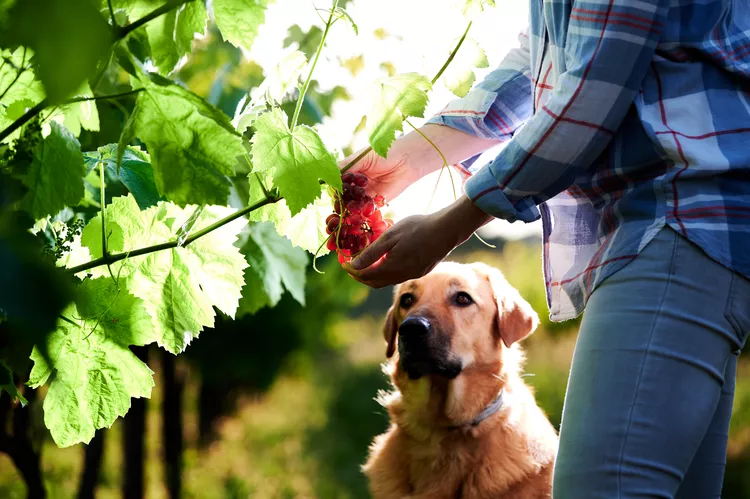
Exploring Pet-Friendly Wineries: Types, Locations, and More
Discover the different types of pet-friendly wineries, where to find them, and what to expect when you visit. Learn more with The Spruce Pets.
Why Is My Dog’s Eye Swollen?
If your dog's eye is swollen, she may need veterinary attention. The inflammation could be caused by allergies, an injury, or even a tumor.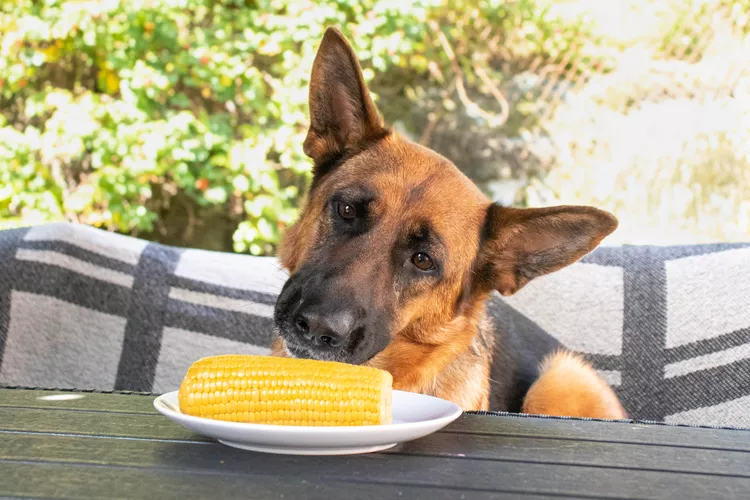
Can Dogs Eat Corn on the Cob?
Dogs love chewing on corn cobs, but this can cause serious harm. Learn about the dangers of corn cobs and find out what to do if your dog eats one.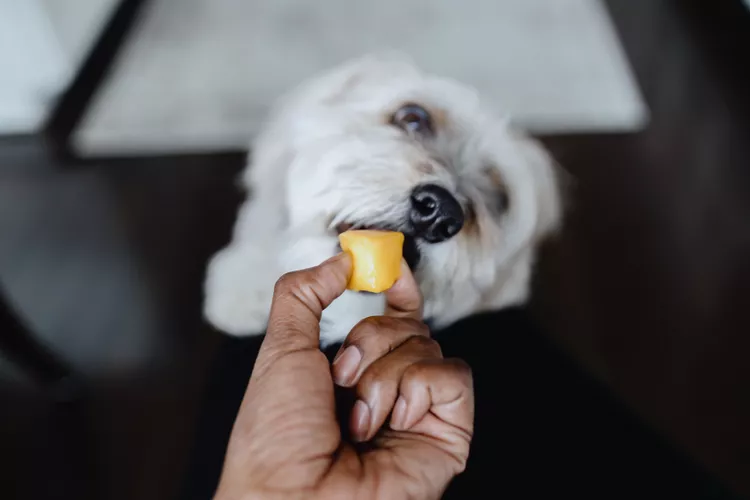
Can Dogs Eat Papaya? What to Know About Sharing This Tropical Fruit With Your Pup
Papaya is safe for dogs in moderation, and it can even provide some nutritional value for them. However, too much can cause digestive upset, and it's not suitable to share with dogs with certain health conditions.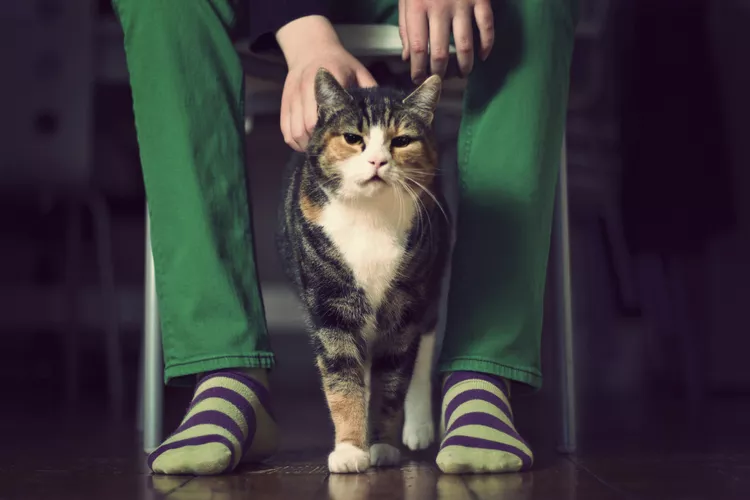
65 Irish Cat Names
Irish cat names can pay homage to historical places, local cuisine, famous Irish actors and musicians, or other wonderful aspects of the Emerald Isle.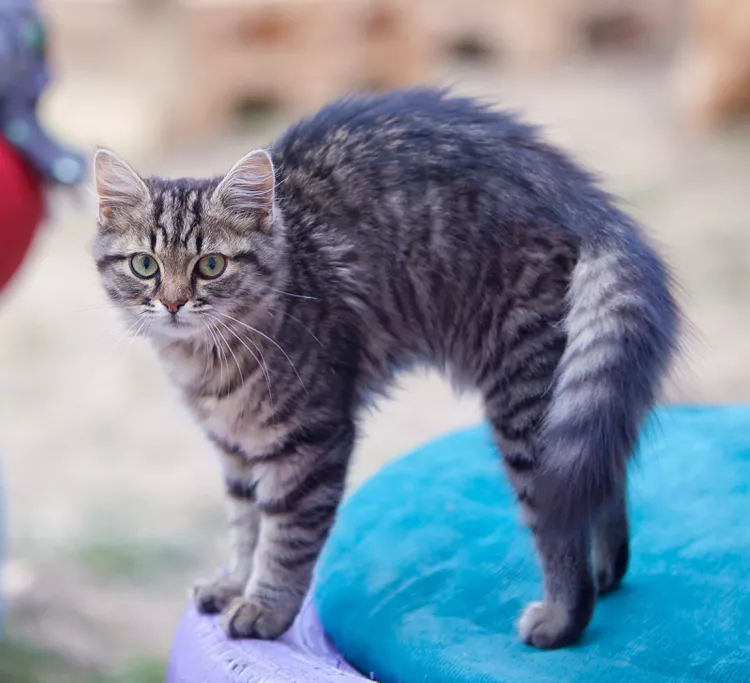
Feline Hyperesthesia Syndrome (FHS) in Cats
Rippling skin is more than dermal sensitivity in cats. It can be a sign of Feline Hyperesthesia Syndrome. Learn the causes, treatment, and prevention.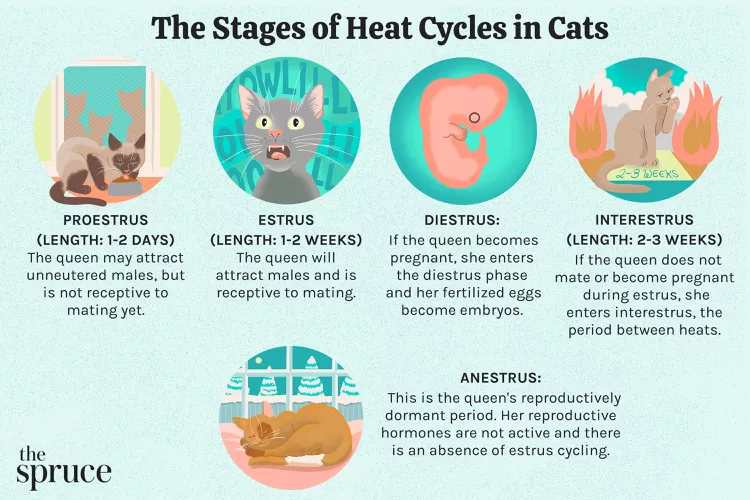
How Long Are Cats in Heat?
How long are cats in heat? Learn about the heat cycles of cats, also called estrus, as well as the reasons you should spay your cat.
Can Dogs Eat Raw Chicken Feet?
What are the potential health benefits of chicken feet for dogs? What are the risks?
Is Eucalyptus Safe for Cats?
Many products containing eucalyptus are not safe for cats, and it is important to be aware of the risks to your cat.
What You Need to Know About Homemade Cat Food
If you want to cook for your cat, make sure to read about the risks associated with homemade diets for cats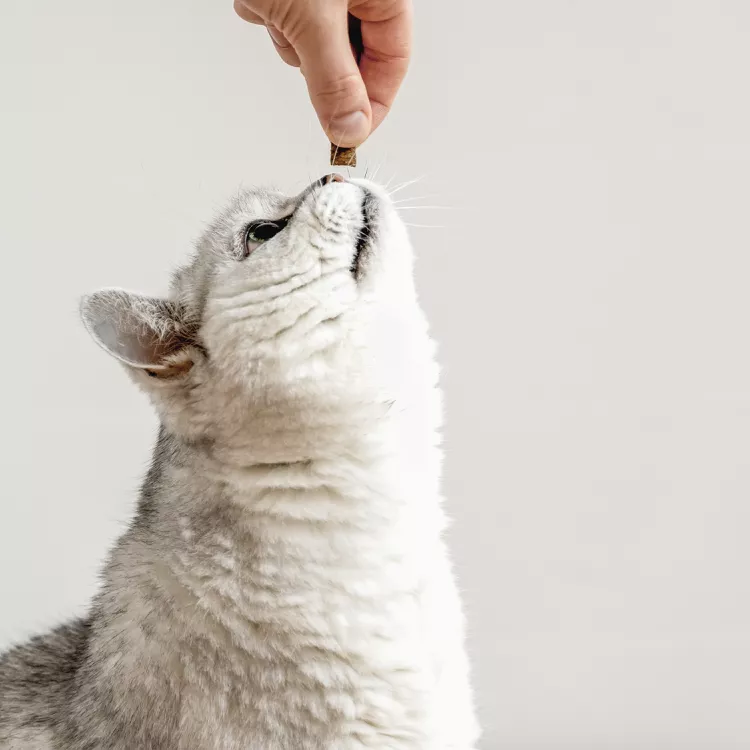
Can Cats Eat Peanut Butter?
Peanut butter is not toxic to cats, but it might not be the best choice of treat for them.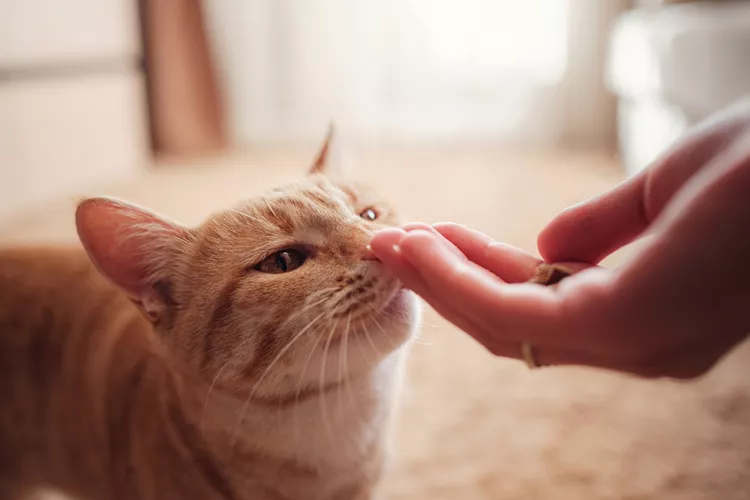
Can Cats Eat Cheese?
Can cats eat cheese? Is it healthy for them? How much can they eat and what should you do if you fear your cat has eaten too much cheese?
8 Flat-Faced Cats with the Cutest Smooshed Faces
These flat-faced cat breeds have a distinct and adorable appearance. Learn about their origins and traits, and the potential health risks tied to their unique facial structures.
Pictures and Facts About Bengal Cats and Kittens
Bengal cats are a cross between wild cats and domestic cats. Learn more about what they look like and pictures of this beautiful spotted breed.
Top 10 Big House Cats
Larger cat breeds, like Maine coons and savannahs, deserve just as much love as their petite counterparts. These big house cats tip the scales.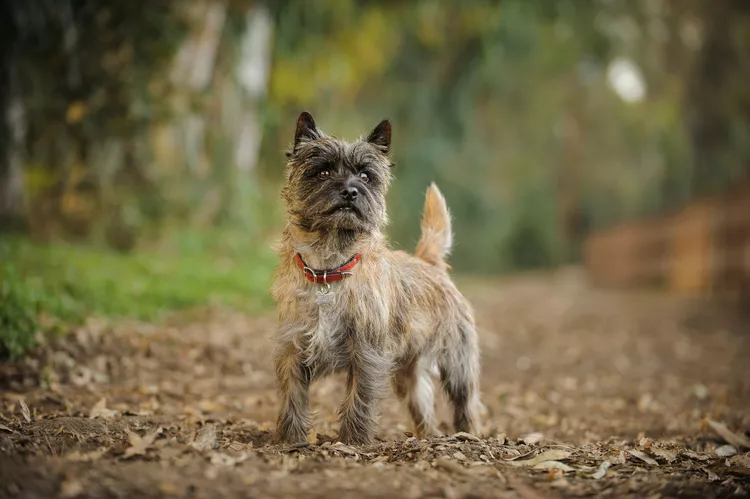
Cairn Terrier: Dog Breed Characteristics & Care
The cairn terrier is a spunky, affectionate, and intelligent dog from Scotland. The breed became famous when one played Toto in The Wizard of Oz. Learn about the temperament, history, health, and care needs of the cairn terrier dog breed.
Reasons Why Dogs Grind Their Teeth
Some dogs grind their teeth. Learn why dogs grind their teeth and if it can be harmful. Find out what to do about teeth grinding in dogs.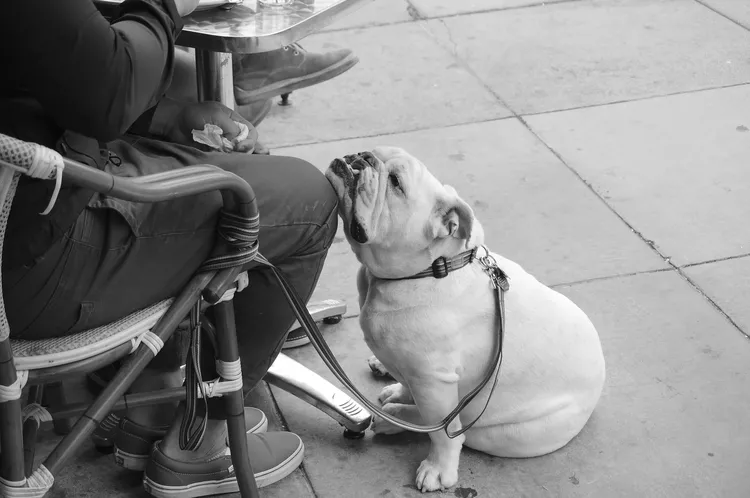
This Is Why Some Dogs Lean on People
Certain dogs really love leaning on their humans. What does this mean? Find out why dogs lean on people and if this is ever a problem.
Can Dogs Get Depression? How to Help Your Sad Dog
Can dogs get depression? Learn about the signs of depression in dogs and find out how to help your sad dog.